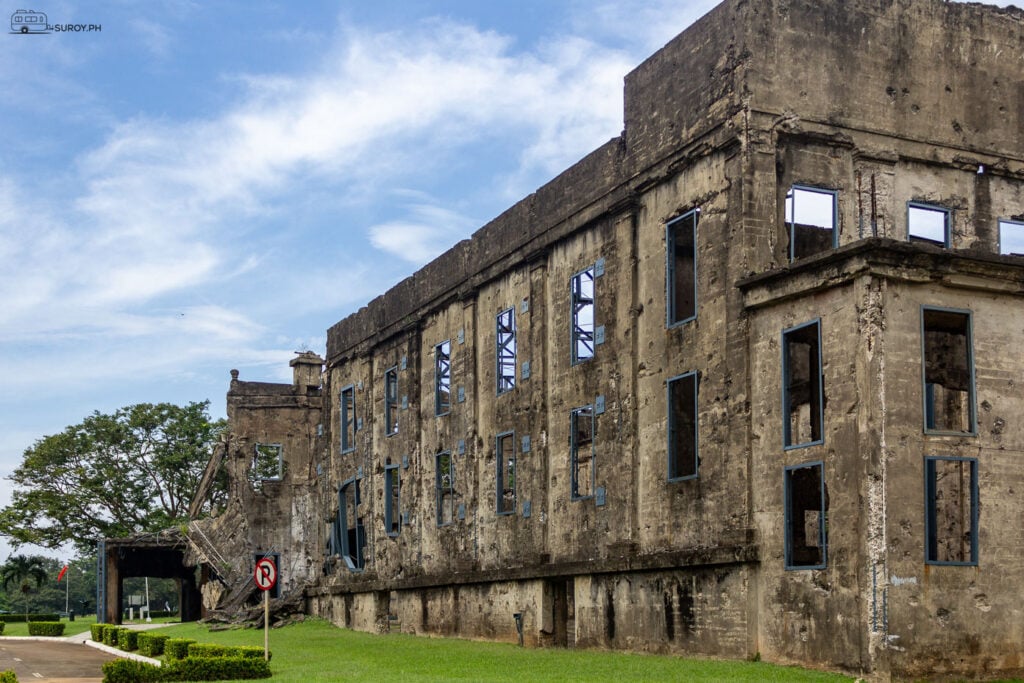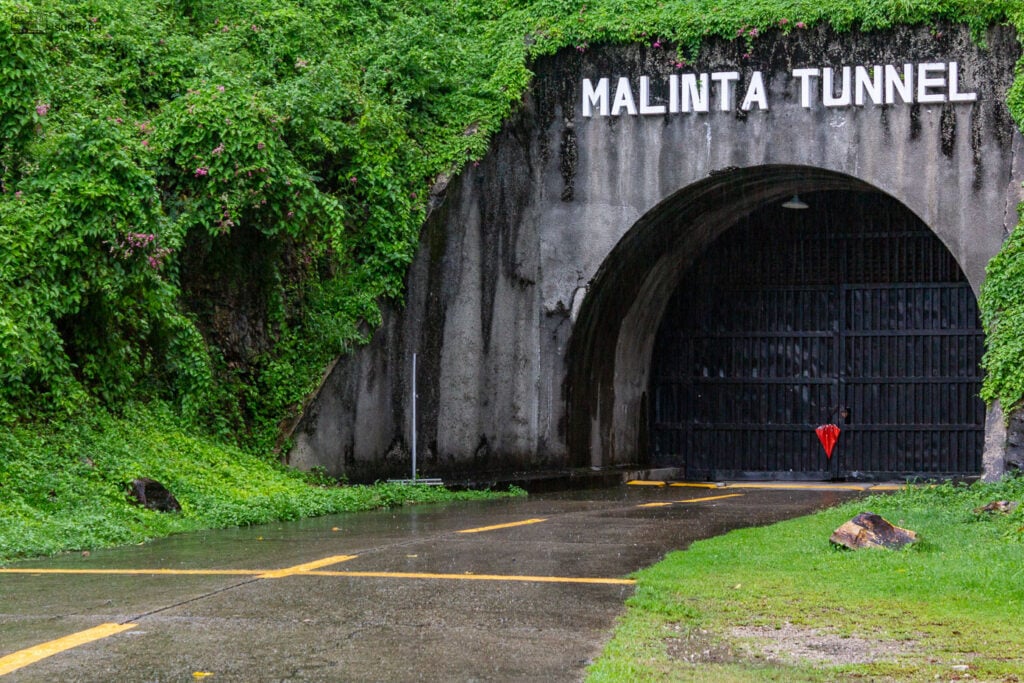Corregidor Island, located at the entrance of Manila Bay, is a testament to the resilience and bravery that marked a crucial chapter in Philippine history. Known as “The Rock” due to its formidable fortifications and strategic military significance, Corregidor offers visitors a unique blend of historical exploration and natural beauty. Whether you’re a history buff or a nature enthusiast, this island fortress is a must-visit destination.
The Historical Significance of Corregidor
World War II Legacy
Corregidor played a pivotal role during World War II as a key defense point for the Allied forces. Its extensive network of tunnels, batteries, and barracks served as the last stronghold against the Japanese invasion. The island witnessed intense battles, including the famous Siege of Corregidor in 1942, where Filipino and American soldiers made their last stand. Today, the remnants of these fortifications are a powerful reminder of the island’s wartime past.
American Era Influence
Before World War II, Corregidor was also significant during the American colonial period. The island was fortified with numerous artillery batteries and served as a coastal defense for Manila Bay. The Malinta Tunnel, an engineering marvel, was constructed during this time and later became a critical bomb-proof headquarters and hospital during the war.























Exploring Corregidor’s Attractions
Malinta Tunnel
A visit to Corregidor isn’t complete without exploring the Malinta Tunnel. This extensive underground complex stretches over 800 feet and was used as a military headquarters, supply depot, and hospital. The tunnel also houses the Malinta Tunnel Light and Sound Show, which dramatically retells the island’s history through lights, sounds, and historical narrations.
Battery Way and Battery Hearn
Battery Hearn and Battery Way are among the many artillery batteries on the island that offer a glimpse into Corregidor’s military past. Battery Way features four 12-inch mortars, while Battery Hearn boasts a 12-inch seacoast defense gun. These batteries highlight the island’s strategic military importance and the intense battles fought to defend it.
Pacific War Memorial
Erected to honor the soldiers who fought during World War II, the Pacific War Memorial stands as a solemn tribute to the bravery and sacrifices made. The memorial includes a museum, a rotunda with an eternal flame, and various sculptures and plaques commemorating the island’s significant historical events.
Mile-Long Barracks
Despite its name, the Mile-Long Barracks stretches for only about a third of a mile. This massive structure housed American soldiers and is now a hauntingly beautiful ruin, offering a glimpse into the living conditions of the island’s defenders.
Corregidor Lighthouse
Dating back to the Spanish colonial period, the Corregidor Lighthouse offers panoramic views of Manila Bay and the surrounding areas. The lighthouse is one of the oldest structures on the island and provides a picturesque spot for photography and sightseeing.
Japanese Garden of Peace
This serene garden was created to honor the Japanese soldiers who fought and died on the island. It features traditional Japanese landscaping, a Shinto shrine, and various monuments, making it a peaceful place for reflection and remembrance.
Captivating Sights
Topside
Topside is the highest point on the island, offering panoramic views of Manila Bay and the surrounding areas. It is home to many of Corregidor’s historical landmarks, including the Pacific War Memorial, the Spanish Lighthouse, and the ruins of the Middleside Barracks.
Eternal Flame of Freedom
The Eternal Flame of Freedom is a striking sculpture that stands as a tribute to the courage and sacrifice of those who fought for freedom. The flame is a powerful symbol, inspiring visitors with its message of hope and resilience.
Activities and Experiences
Historical Walking Tours
Guided historical tours are a popular way to explore Corregidor. Knowledgeable guides provide detailed insights into the island’s past, making the history come alive as you walk through the ruins and tunnels.
Nature Trails and Bird Watching
Beyond its historical significance, Corregidor also offers beautiful nature trails that wind through lush greenery and offer stunning views of the surrounding waters. The island is home to diverse bird species, making it a haven for bird watchers and nature lovers.
Sunset and Night Tours
For a different perspective, consider joining a sunset or night tour. These tours offer the chance to witness the island’s dramatic landscapes bathed in the golden hues of sunset or to explore the eerie, atmospheric ruins under the moonlight.
How to Get There
Accessibility
Corregidor is accessible via ferry from Manila. The journey takes approximately an hour and a half, offering scenic views of Manila Bay. Several tour operators provide day trips and overnight packages, including transportation, guided tours, and meals.
Location Information
Visitor Information
Best Time to Visit
The best time to visit Corregidor is during the dry season, from November to May. The weather is typically more pleasant, making it ideal for exploring the outdoor attractions.
Entrance Fees and Tours
Entrance fees and tour packages vary depending on the tour operator and the type of tour. It’s advisable to book in advance, especially during peak seasons, to secure your spot.
Nearby Attractions
Manila
Before or after your trip to Corregidor, explore the vibrant capital city of Manila. Visit historic sites like Intramuros, Rizal Park, and the National Museum, or enjoy the bustling shopping districts and diverse dining options.
Bataan
Just across the bay, Bataan offers additional historical sites, including the Bataan Death March markers and Mount Samat National Shrine. Bataan’s natural attractions, such as beautiful beaches and scenic mountains, perfectly complement your Corregidor visit.
Conclusion
Corregidor Island is not just a destination; it’s a journey through time, offering profound insights into the Philippines’ rich history and the enduring spirit of its people. As you explore the remnants of battles fought and sacrifices made, you’ll gain a deeper appreciation for the courage and resilience that shaped the nation. As you walk through the ruins and memorials, you are not just observing history; you are standing on hallowed ground where the spirit of heroism endures.
Visiting Corregidor is more than just a trip; it’s an experience that connects you to a pivotal moment in history. Share your stories, inspire others to visit, and let the legacy of Corregidor live on. What memories will you make on this historic island fortress?
Follow us on Facebook and Instagram for more Suroy stories.

